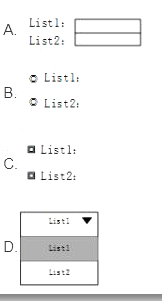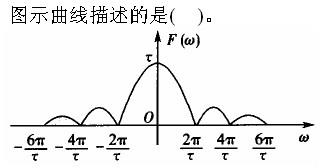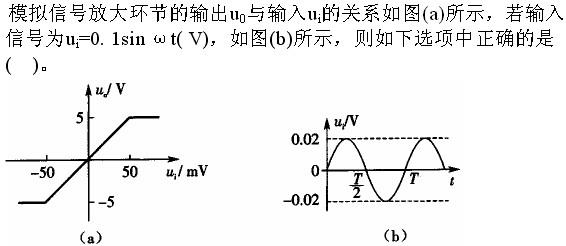The development of the Semantic Web proceeds in steps , each step building a layer on top of another .The pragmatic justification for this approach is that it is easier to achieve ( ) on small steps , whereas it is much harder to get everyone on board if too much is attempted . Usually there are several research groups moving in different directions ; this ( ) of ideas is a major driving force for scientific progress . However , from an engineering perspective there is a need to standardize .So , if most researchers agree on certain sues and disagree on others , it makes sense to fix the points of agreement .This way , even if he more ambitious research efforts should fail , there will be at least ( ) positive outcomes .
Once a ( ) has been established , many more groups and companies will adopt it ,instead of waiting to see which of the alternative research lines will be successful in the end he nature of the semantic web is such that companies and single users must build tools , add content , and use that content .We cannot wait until the full semantic web vision materializes-it may take another ten years for it to be realized to its full ( ) ( as envisioned today , of course ).
问题1选项
E-mail地址由分隔符“()”分为前后两部分,分别指明用户名及邮件
某 html 文档中有如下代码,则在浏览器中打开该文档时显示为( )。
<form>
Listl:
<input type="text" name="List1" />
<br / >
List2:
<input type="text" name="List 2 " />
< /form>

设有商品关系P(商品名,条形码,供应商号,价格,数量), “条形码”唯一标识关系P中的每一个元组,商品名不能为空,供应商号是关系P的外键。另有供应商关系S(供应商号,供应商名,地址,电话)。关系 P 中的商品名是唯一的。建立商品关系 P 的 SQL语句如下所示:
CREATE TABLE P( 商品名CHAR(30)( ),
条形码CHAR(30) ( ) ,
供应商号 CHAR(5) ,
价格 CHAR(20) ,
数量CHAR(20)
( )(供应商号) REFERENCES S(供应商号));
查询供应商及价格小于等于 2500 元且大于等于 1280 元的“电冰箱”的数量的SQL语句为:
SELECT商品名,供应商名,价格,数量
FROM P
WHERE商品名= ’电冰箱’ AND ( ) ;
将供应商号“12021”所供应的商品价格上涨3%的SQL语句为:
UPDATE P
( )
WHERE 供应商号= ’12021’;
查询供应商地址包含“西安”的供应商名及电话的SQL语句为:
SELECT供应商名,电话
FROM S
WHERE ( );
函数f()、g()的定义如下所示。已知调用f时传递给其形参x的值是1,若以传值方式调用g,则函数f的返回值为( );若以传引用方式调用g,则函数f的返回值为( )。







